In my memory of the last afternoon of the year, the old wooden chest often appears. Like a secret box opened every Tet holiday, when the lock clicks, the chest lid opens slightly, immediately a strong fragrance wafts out. Tet has so many strange scents that we cannot smell on normal days.
Dressed up in new clothes for spring outing - Photo: HCD
1. In the past, in my hometown, every house had one or two wooden chests. The chest was big enough for one person to carry, but if there were a lot of things in it, at most two people could carry it. It was light because it was made from a thick American plywood.
At that time, peace had been over for more than ten years, but the plywood from the war was still there. Even intact and in very good condition. Large boards could be used to make a bench to sit on, or a lid to store rice. Small boards were taken to carpenters to make chests. Those boards were made from pine, glued together in many thin layers with glue so they were very good, did not warp, and were not susceptible to termites because of the oil.
Chests were used to store clothes, personal belongings, and valuables such as gold and silver were also put in there. Of course, the clothes had to be beautiful, luxurious, and only worn once in a while before being put in the chest. There was an old man who had the most beautiful set of clothes, the ancient Quang Tri people called it the "old muoi" set of clothes, and he kept it in the chest year after year, not daring to wear it for fear of it getting old, or of people scolding him for being... rich. So he told his children and grandchildren that when he died, he would take out the "old muoi" set of clothes and bury him. It was true that life was a matter of saving life and death. Sometimes, if he left it too long, lizards would get dirty, ants would build nests, and cockroaches would gnaw through the clothes.
To preserve the things in the chest, my mother put some camphor pills in. The blue, pink, and white pills looked like lollipops. Every time the chest lid was opened, the smell of camphor was strong. To us children, the smell seemed strange and fragrant. But my mother said it was toxic and should not be inhaled. Camphor was put in the chest to repel insects, cockroaches, and ants. Every year, I had to put some more camphor pills in the chest because they gave off a scent and gradually evaporated, a state that physics calls sublimation when they change from solid to gas.
The wooden chest had an iron lock. Sometimes, out of curiosity, my brothers and I found the key and opened the chest to look. It turned out that it was not just clothes but also many mementos of my parents. A butterfly hair clip, a handkerchief embroidered with a pair of doves, a wedding invitation from 1985 with a picture of two glasses of wine... The metal part of the hair clip was covered in rust, the handkerchief had turned ivory yellow, the paper was a rosy pink, everything looked old, probably no one would want it, but my mother still put it in the chest and locked it.
A blue ao dai embroidered with white lace, that was the wedding dress from the day my mother married my father. There was also a newer, more modern blouse, which was my mother's "old-fashioned" outfit. At the end of the year, my mother opened the trunk and took out that outfit to wear for Tet.
2. Every year, my mother buys clothes for us. My mothers in the countryside say that when making children's clothes, we should not use good fabric, but instead, we should often make clothes of bad fabric. Children do not know good from bad, if they have new clothes, they will be happy and grow up quickly. For Tet, we must have a nice set of clothes. In the countryside, any child who likes to wear nice clothes is scolded as "man di". Perhaps the word "di" is a parody of the word "di" in the word "an mang", which means "fancy", "pretentious". I don't know where it came from, but people say that people with single eyelids often dress elegantly and skillfully, like the rhyme: "The most pretentious people in the village are the ones with single eyelids". On Tet days, when you go out, you will always see people who are "man di"!
My mother did not have any new clothes, but only the same outfit she wore year after year. Only on the afternoon of the thirtieth did a country girl like my mother have time to worry about what to wear, because before that she had to worry about going to the market and making cakes and fruits. Eating first, dressing later.
The shirt taken out of the chest had clear wrinkles and folds. Mother went around the neighborhood to borrow a chicken iron to iron the shirt. Only the wealthy could afford a copper chicken iron. Each village had about five or six, and had to be passed around to borrow, even returning them to the owner's house just before New Year's Eve. Put red coals in the iron, let it heat up a bit, then it could be used. Every now and then, she had to open the chicken lid to fan the coals so they wouldn't go out. Sometimes, accidentally, the embers flew out through the vents, burning a few small holes in the shirt.
Even after ironing, the camphor scent still lingers on the shirt. Some people say that the smell is unpleasant, only used to repel rodents. But I find it fragrant, every time I accidentally smell it somewhere, I remember the plywood chest in the old house. I remember the last day of the year when my mother opened the chest, the camphor scent wafted out, faintly. Is that the scent of the soul that has settled into sediment, over time not only does it not fade but also becomes stronger.
Hoang Cong Danh
Source: https://baoquangtri.vn/mui-huong-trong-ruong-go-191570.htm


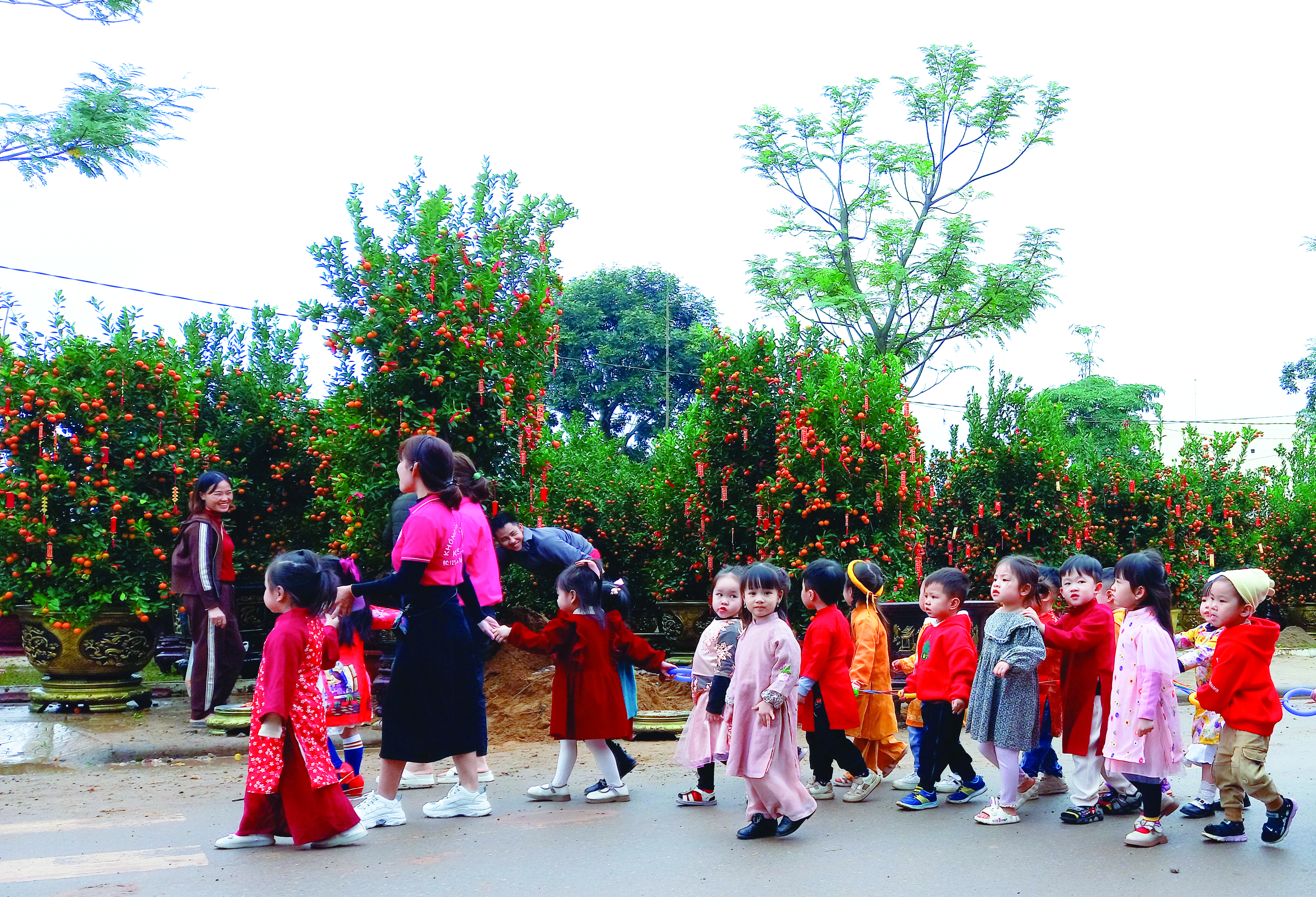
![[Photo] Hanoi morning of October 1: Prolonged flooding, people wade to work](https://vphoto.vietnam.vn/thumb/1200x675/vietnam/resource/IMAGE/2025/10/1/189be28938e3493fa26b2938efa2059e)
![[Photo] President of the Cuban National Assembly visits President Ho Chi Minh's Mausoleum](https://vphoto.vietnam.vn/thumb/1200x675/vietnam/resource/IMAGE/2025/10/1/39f1142310fc4dae9e3de4fcc9ac2ed0)

![[Photo] Keep your warehouse safe in all situations](https://vphoto.vietnam.vn/thumb/1200x675/vietnam/resource/IMAGE/2025/10/1/3eb4eceafe68497989865e7faa4e4d0e)







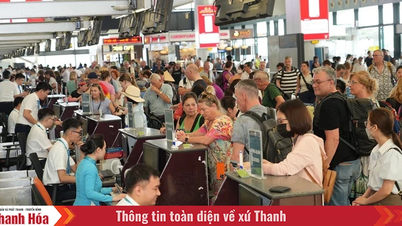

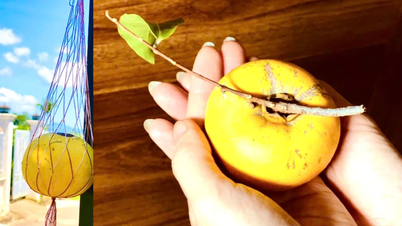

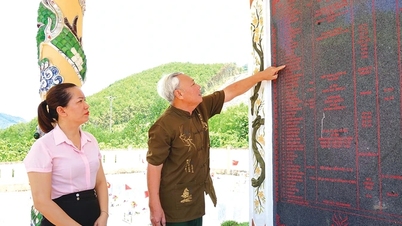

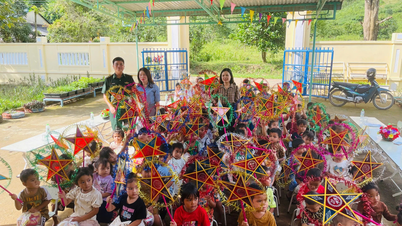
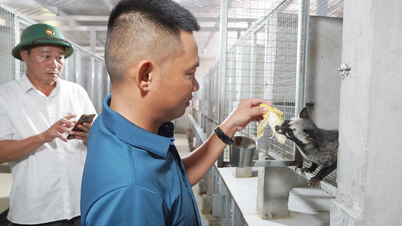








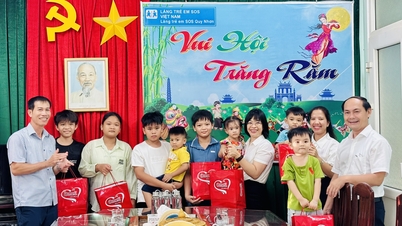







































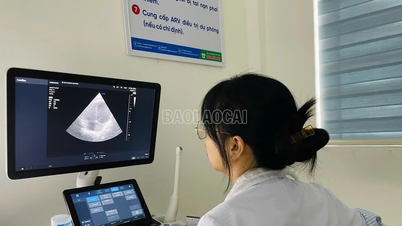

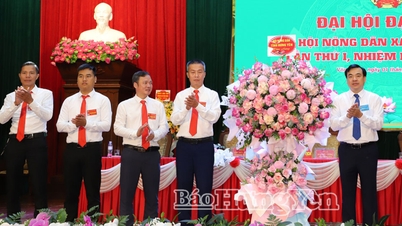

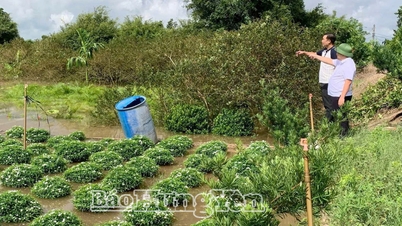
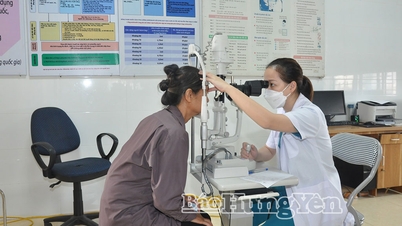
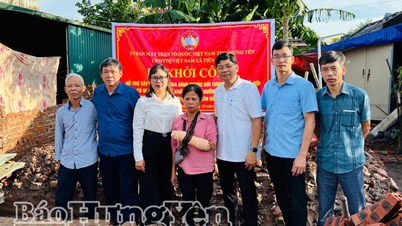
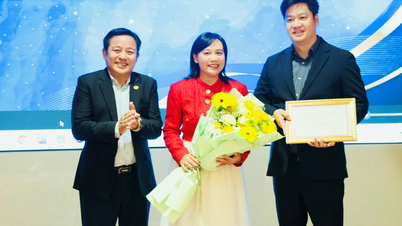















Comment (0)